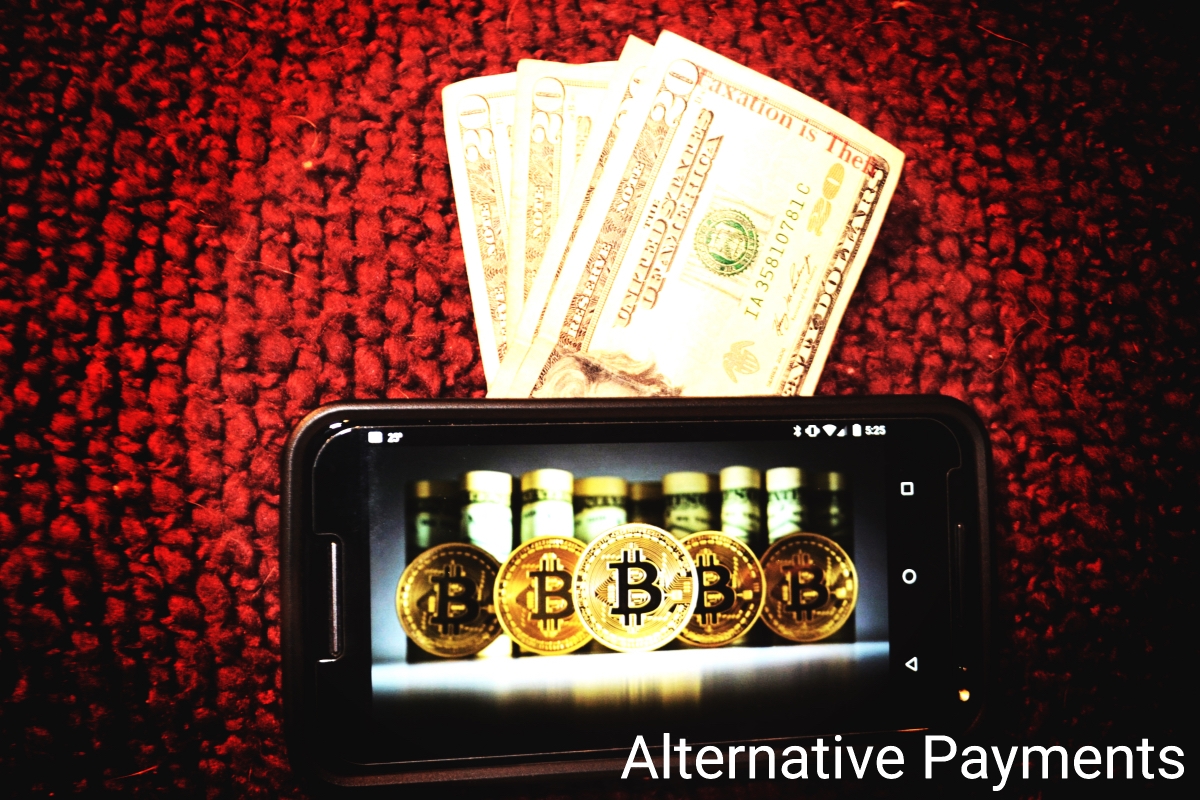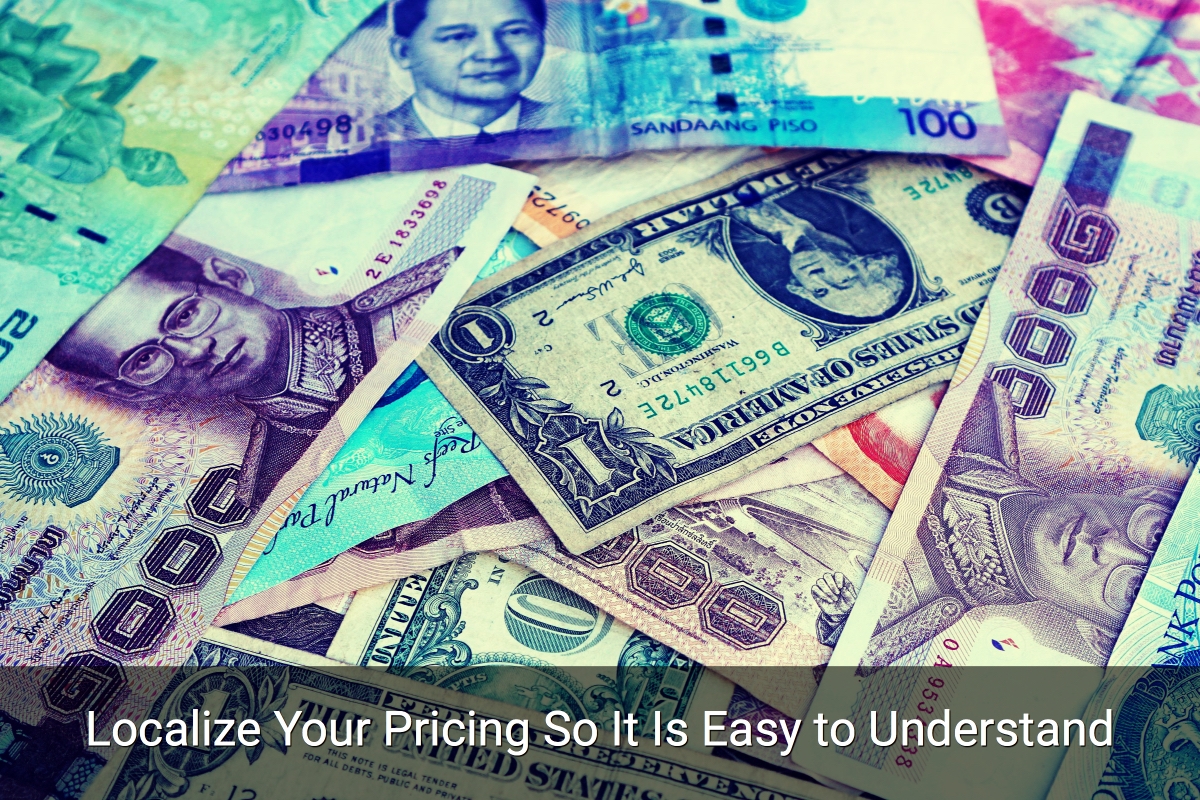— July 4, 2017
Opening your eCommerce business up to new markets is an exciting prospect because it means more business for you.
But selling internationally isn’t a walk in the park.
In addition to order fulfillment, pricing is another area that’s hard to get right.
You need to be aware of how you’re coming across to international customers. If they can’t figure out how to use your site and what your prices are, you’re going to end up leaving business on the table.
Here’s what you need to do to ensure that you convert more global consumers:
Clarify Currencies
When international customers view the products on your website, what will they see? Will they see your prices in US dollars, or will they see them in their local currency?
When prices do not appear in the right currency, visitors can become confused and may abandon their cart. They may assume that you do not serve their region.
With today’s technology, currency conversion isn’t hard to do. Take the necessary steps to ensure that your overseas customers feel comfortable shopping with you.
Accept Various Payment Methods
While PayPal and credit card might be the standard in North America, there are many other popular payment methods across the world.
When visitors coming to your website aren’t familiar with the payment methods you accept, or can’t find the methods they’re accustomed to, their chances of following through on an order at checkout will greatly decrease.
Whether it’s wire transfers or the Japanese Konbini payment method, make sure you are prepared to accept payment in its many popular forms, contingent on the countries you’re serving.
For example, WeChat and Alipay in China are some of the most popular payment methods for online ecommerce, while more exotic payments, like Bitcoin are becoming ever more common.

Offer Competitive Pricing
This means adjusting your price based on the market. Merely converting your prices from one currency to another has its inherent dangers.
For example, you could end up charging too little or too much for your products. Either way, you’ll evoke suspicion or lose out on revenue.
Avoid straight conversions. Price your products competitively based on the market you’re selling to.
Make Your Prices Easy To Understand
Presentation matters. If you want to build trust with international buyers, avoid evoking suspicion.
A price point like €32.41 is more suspect than €33.00, because the former looks like it’s been subjected to exchange rates.
Rounded numbers make a big difference in terms of credibility and appearance. Simplifying your pricing helps with converting more purchases.

Customize Sales Taxes
Sales taxes are handled differently based on the region. Make sure you are aware of the legalities and tax disclosure requirements of each market you’re expanding into.
Present sales taxes in a manner your customers are likely to be familiar with. This requires a solid understanding of the localities you’re selling to.
Develop A Shipping Strategy
Many customers will abandon their carts if they see the price of their order suddenly jump up because of shipping and handling fees added during the checkout process.
For domestic orders, you can skirt the issue by offering free shipping, but there are no cut-and-paste solutions for international orders.
For one, you could take advantage of real-time calculators and charge your customers exactly the amount you’ll have to pay for shipping. You can also offer flat-rate shipping, which can put customer minds at ease (for reasons already discussed).
Conclusion
Is your price right?
That depends on whether or not you’ve taken the appropriate steps to understand the markets you’re selling to.
Every country is different, and its consumers will have varying expectations. Familiarize yourself with them.
In summary, make sure your pricing is competitive.
Offer flat rates on your products. Localize your prices, accept different payment methods, and build credibility with international markets by making customers feel comfortable on your online store.
Digital & Social Articles on Business 2 Community
(111)
Report Post




